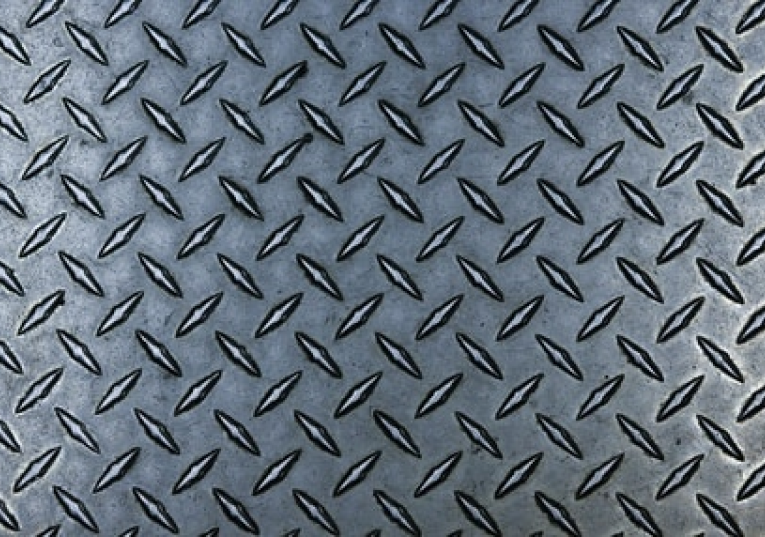Posted on April 11, 2018
You’ve done this yourself a thousand times.

Driving past your neighbor’s house on a weekend, you see a bunch of cars parked outside and think: “Oh, they have a lot of guests. They must be having a party.”
Or when the opposite is true — when there are no cars parked outside on a holiday and you think: “Poor people, they are all alone.”
Counting cars. That’s what a Midtown Manhattan company called RS Metrics does for a living. Only it doesn’t drive by shopping malls or office complexes — or your neighbor’s house — to see how many cars are parked outside.
RS Metrics uses satellite technology to see how a particular business is doing versus its forecast.
It sounds a bit CIA-ish. Okay, it sounds a lot like spying, although RS Metrics Chief Executive Richard Chmiel and Managing Director Mike Gantcher cringe at that word.
It’s research — truth-finding — they claim, and hedge fund executives pay a pretty penny for their information.
“We take facts derived from satellite and aerial imagery to look at patterns — trends — to give insight into the activities at various factories and retail [outlets],” Chmiel told me during a recent meeting. From those images, RS Metrics can estimate whether a company’s forecast of business conditions might miss the mark.
Take the satellite far above the Sears store in a Freehold, NJ, mall. It showed fewer cars in the parking lot this spring compared with last spring. That would mean sales were likely off at that store.
But come on, it’s Sears. Predicting sales are down at Sears is like predicting long lines at the post office on April 15.
Okay, Chmiel says, turning his satellites’ attention to Tesla’s Fremont, Calif., production plant. Tesla’s Elon Musk told Wall Street the company would be pumping out 19,000 cars in the second quarter.
But Gantcher says that based on satellite intelligence on April 22 — based on finished cars in the lot and raw materials being shipped in — he was telling his customers production in the current quarter would more likely be around 17,300 cars. At the time, Tesla shares were trading at $253.75.
On May 4, Tesla downgraded its expectations to 17,000 cars. Over two days Tesla stock tumbled 8.9 percent — leaving in its wake, one would assume, plenty of happy, and wealthier, RS clients.
Research is the thing that makes Wall Street tick, and it always has been.
Back when I was on the mergers and acquisitions beat in the 1980s and ’90s, Wall Street arbitrageurs that I knew, for instance, for would do their best to track corporate planes. If a CEO flew to the city where a rival was based, it might be a sign that the two companies were talking merger. (Or the exec with the plane could be visiting his kid in college.)
I even know arbs, as they are called, who’d call up hospitals to check on the condition of executives whenever one of them had checked in. Just in case, you know?
One time in 1988, an arb even tipped me off to the fact that John Mulheren, a Wall Street trader, had been arrested on the Garden State Parkway for attempting to kill Ivan Boesky, another trader who had agreed to testify against Mulheren in exchange for a lighter sentence.
I don’t know how that trader knew about Mulheren, and I didn’t ask. And it was all quiet colorful stuff, accomplished with a lot of deceit and not one ounce of technology.
The eye-in-the sky approach that RS Metrics practices is perfectly legal. Those cars in the parking lot are just sitting there waiting to tell the story of how a company is doing.
This is especially useful, Gantcher and Chmiel said, as in the Sears example, to count the number of customers going into retail stores.
RS Metrics’ images outside of several Macy’s stores showed traffic was down 6 percent in the three months ended Jan. 31. In fact, Macy’s traffic in four of the last six months caused a “negative signal” on RS Metrics’ system. The other months were neutral.
Macy recently reported disappointing results — as have most other retailers — and its stock suffered.
There are times, of course, when the RS Metrics’ satellites spot good news. Like when eye-in-the-sky intel saw such an uptick in cars outside several Panera Bread locations across the country that the company assigned a positive grade to the company — and alerted clients.
And, sure enough, the company beat the experts’ revenue expectations even though much of the food industry is gagging.
To be sure, sometimes the satellites and the executives misinterpret what the intel reports. For example, Tractor Supply, a company that sells goods mostly to farmers, looked like it was suffering through decreased traffic.
So RS Metrics shared its negative signals with customers. But Tractor Supply reported unexpectedly better profits. It turns out management had instituted cost efficiencies that overcame the slower business.
There is one more thing that could throw off RM Metric’s models, which rely on the fact that Americans are inherently lazy. So if customers are planning to shop at JCPenney, they will park as close to that store as possible.
“My 18-year old daughter Kiley would park on the sidewalk next to the entrance if there were white lines, rather than walk,” says Chmiel. If people start parking on one end of the mall and shopping at the other, the spy in the sky will be tricked.
But there’s probably not much chance of that happening.
Meanwhile, Mr. Musk, we’ll be watching you. Maybe a little closer than you’d like.
Read the original article here by NY Post.
Originally published at rsmetrics.com on April 11, 2018.


















